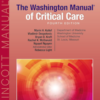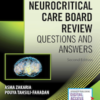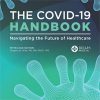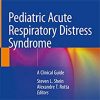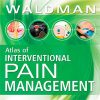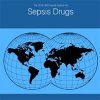Neutrophil Extracellular Traps Are Elevated in Patients with Pneumonia-related ARDS
anesthesiology.pubs.asahq.orgBronchoalveolar neutrophil extracellular trap concentration was not significantly associated with mechanical ventilation duration in pneumonia-related ARDS. The acute respiratory distress syndrome (ARDS) is the most severe form of acute respiratory failure, resulting from direct or indirect insults to the alveolo–capillary membrane. ARDS affects 10% of all intensive care unit patients and 23% of those receiving mechanical ventilation. Despite major improvements in mechanical ventilation strategies during the past decades, the hospital mortality of ARDS patients remains as high as 40%. In fact, none of the pharmacologic interventions tested in ARDS, including—but not limited to—steroids, β2-agonists, or statins, has shown significant survival benefit. The identification of biomarkers of disease severity that would be potential therapeutic targets is thus a key step for developing novel treatments for ARDS. There was no significant relationship between bronchoalveolar lavage neutrophil extracellular trap concentrations and ventilator-free days by multiple regression analysis. Immunocompetent patients with pneumonia and moderate or severe ARDS and controls were included in a prospective monocentric study.


